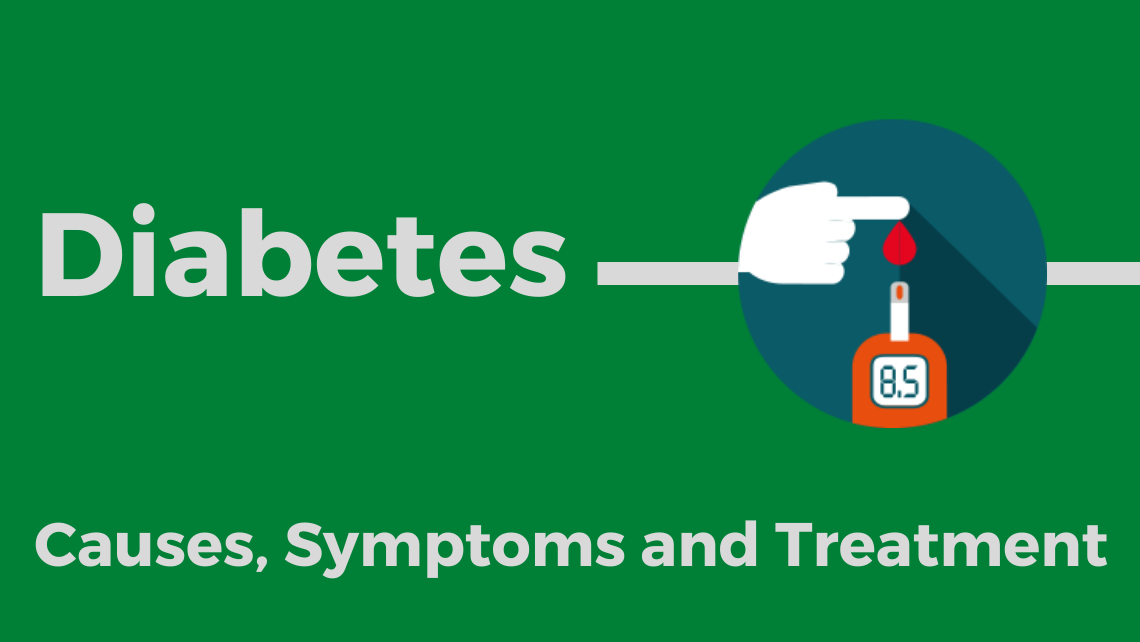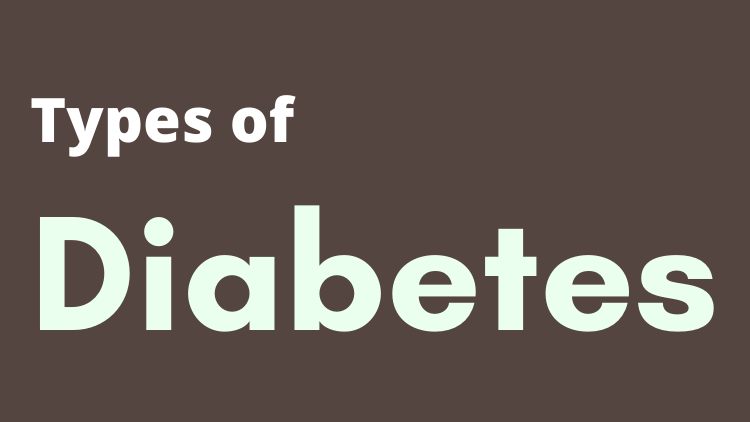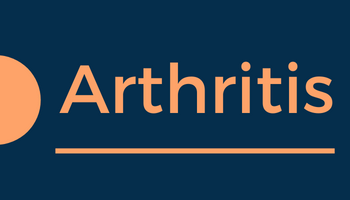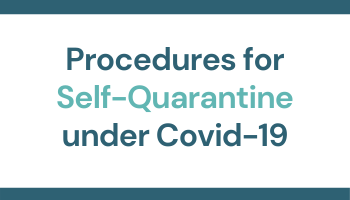Diabetes is a chronic disease that occurs when the pancreas does not produce enough insulin (a hormone that regulates blood sugar) or alternatively, when the body cannot effectively use the insulin it produces.
What is Diabetes
Diabetes is when your blood glucose, also called blood sugar, is too high. Blood glucose is the main type of sugar found in your blood and your main source of energy. Glucose comes from the food you eat and is also made in your liver and muscles. Your blood carries glucose to all of your body’s cells to use for energy.
Diabetes is a defect in the body’s ability to convert glucose (sugar) to energy
Your pancreas—an organ, located between your stomach and spine, that helps with digestion—releases a hormone it makes, called insulin, into your blood. Insulin helps your blood carry glucose to all your body’s cells. Sometimes your body doesn’t make enough insulin or the insulin doesn’t work the way it should. Glucose then stays in your blood and doesn’t reach your cells. Your blood glucose levels get too high and can cause diabetes or prediabetes. Over time, having too much glucose in your blood can cause health problems.
What is prediabetes?
Prediabetes is when the amount of glucose in your blood is above normal yet not high enough to be called diabetes. With prediabetes, your chances of getting type 2 diabetes, heart disease, and stroke are higher. With some weight loss and moderate physical activity, you can delay or prevent type 2 diabetes. You can even return to normal glucose levels, possibly without taking any medicines.
Note: A rare condition called diabetes insipidus is not related to diabetes mellitus, although it has a similar name. It’s a different condition in which your kidneys remove too much fluid from your body..
Ayurvedic Treatment for Diabetes mellitus
Ideal Prescription
Herbal Combination
-
Vijaysar Churn - 20 Grams
-
Abhrak Bhasma - 05 grams
-
Swarnamakshik Bhasma- 05 grams
-
Amrita Sat - 20 grams
-
Pravala Panchamrita - 10 grams
-
Moti Pishti - 04 grams
Mix all the medicines and prepare 60 doses. Take it twice a day, half an hour before meals with warm water.
Tab Chandraprabha Vati - 2 Tablets twice daily
Tab Basant Kusumakar Ras - 1 Tablet twice daily
Shuddha Shilajit - Take 1 drop with milk daily at bedtime
SM-9 Kwath - 20 ml twice daily with water
Order your diabetes medicines through whatsapp








